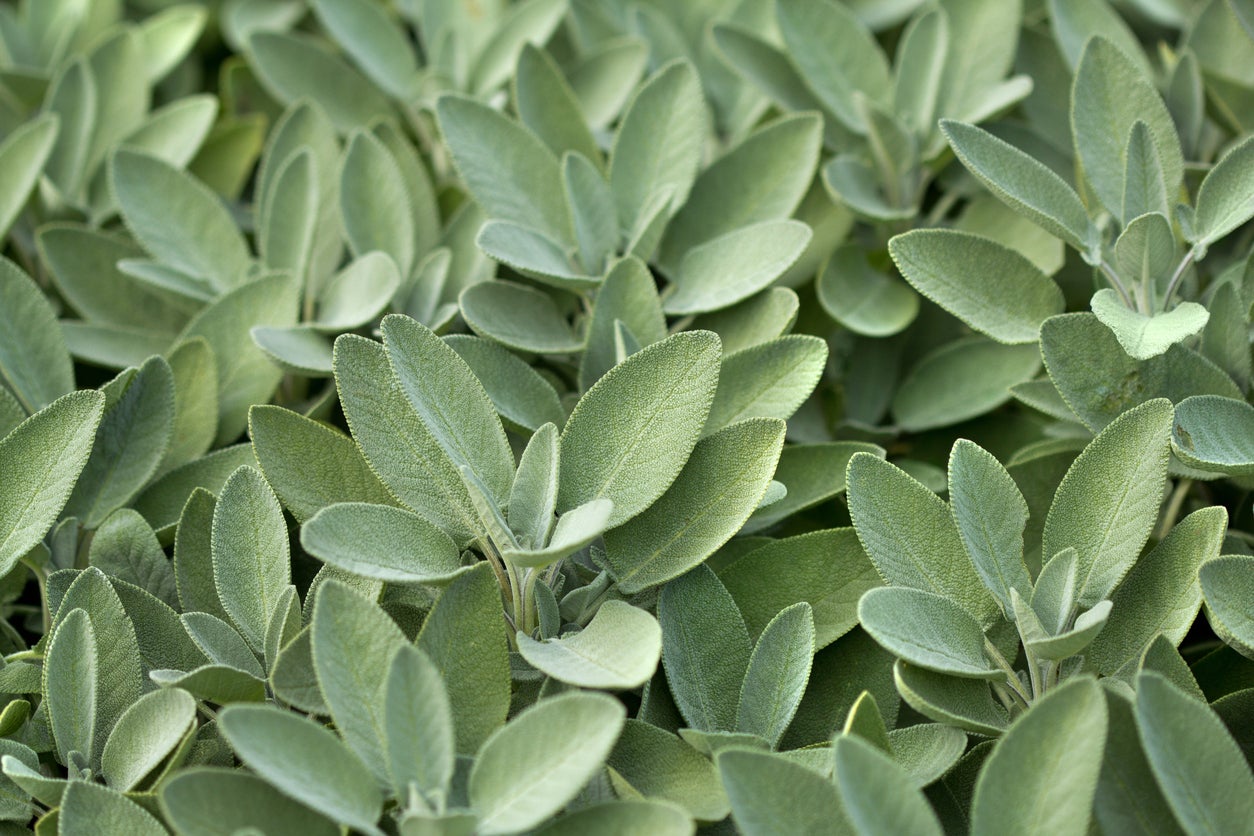
Dividing or splitting perennial herbs is a simple method of propagation and/or rejuvenation. Sometimes, the plants get too large for an area and begin to take over or you want to populate another area with a certain herb. This is when herb plant division comes into play. How do you know when and how to divide perennial herbs though?
When to Divide Herbs
Herbaceous plants should be lifted and divided between the early autumn and midspring, depending on weather conditions. This means that in areas where the weather is mild in the fall, divide the herbs. In colder regions, herb plant division should occur in the spring when the roots are still slumbering. To keep herbs at their peak, they should be divided every two to four years.
How to Divide Perennial Herbs
Herbs that do well propagated via root division include:
Dividing perennial herbs is simply done with a garden fork or shovel and a sharp knife. Just dig around the base of the plant and lever the root ball out from the soil. Grasp the clump and divide it with the sharp knife. Depending upon the size of the original plant, you may cut it in half, making two plants or multiple plants if the root ball is huge. Be sure that each divided section has roots and shoots. For herbs like chives and lemongrass, divide by gently pulling them apart. For herbs that produce runners like mint and catnip, dig up new plants and transplant them. Replant the divided sections immediately if possible. If not, keep the roots of the new transplants moist and out of the direct sun until you can plant them. Be sure to water in the newly transplanted divided herbs immediately after planting.
Sign up for the Gardening Know How newsletter today and receive a free copy of our e-book "How to Grow Delicious Tomatoes".

Amy Grant has been gardening for 30 years and writing for 15. A professional chef and caterer, Amy's area of expertise is culinary gardening.
